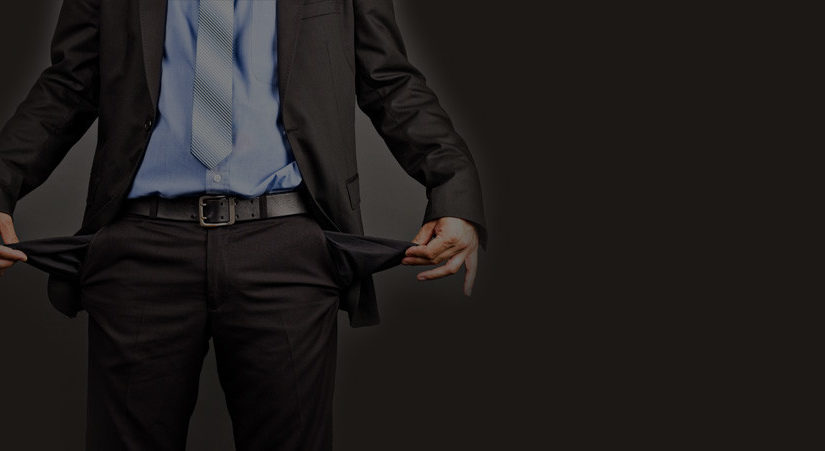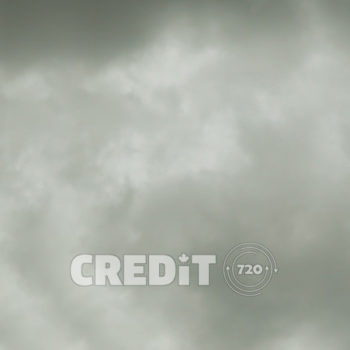
Rather than declaring bankruptcy, more and more people are making offers to pay creditors less than they owe
More than 5,000 Albertans who can’t pay their debts have filed for an insolvency measure known as a consumer proposal this year, far outstripping the 3,600 or so who filed for more traditional bankruptcies.
The move toward consumer proposals has been growing since insolvency laws changed in 2009 — but has spiked so far in 2016.
The number filed between January and August in Alberta has jumped 97.5 per cent over the previous five-year average.
Traditional bankruptcies, meanwhile, are up just 3.1 per cent.
“Technically speaking a proposal is better on a credit rating than a bankruptcy”.
So, what is a consumer proposal, anyway?
A consumer proposal is a legally binding process, administered through a proposal administrator, in which debtors make an offer to creditors to pay back a percentage of what is owed to them or extend the length of time over which the money is paid back.
Creditors, as a group, choose to accept or reject the proposal. If there is disagreement, a vote is taken, and votes are weighted by the dollar amount that is owed.
“It’s got to be sweet enough for the creditors to accept it, but it’s got to be manageable, from a cash-flow point of view, for the individual,”
If the proposal is accepted, debtors must make the agreed-upon payments, adhere to any other conditions in the proposal and attend two financial counseling sessions.
The advantage for debtors, as compared to a full-blown bankruptcy, is that they can keep many of their assets — provided they fulfill the terms of the proposal — and more easily rebuild their credit rating afterward.




